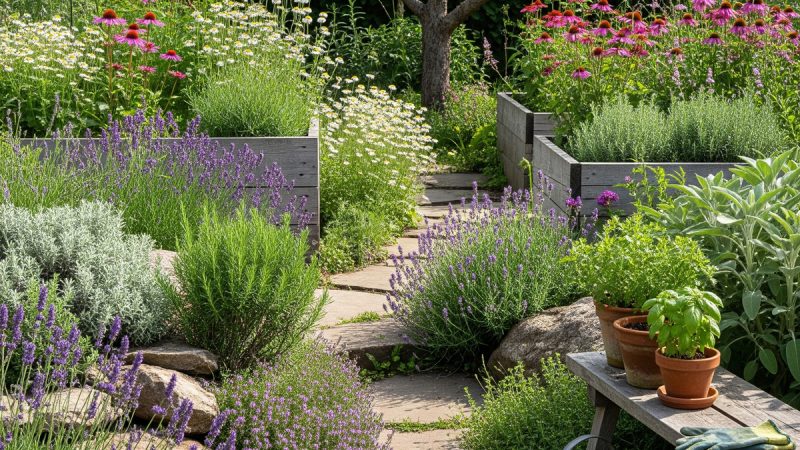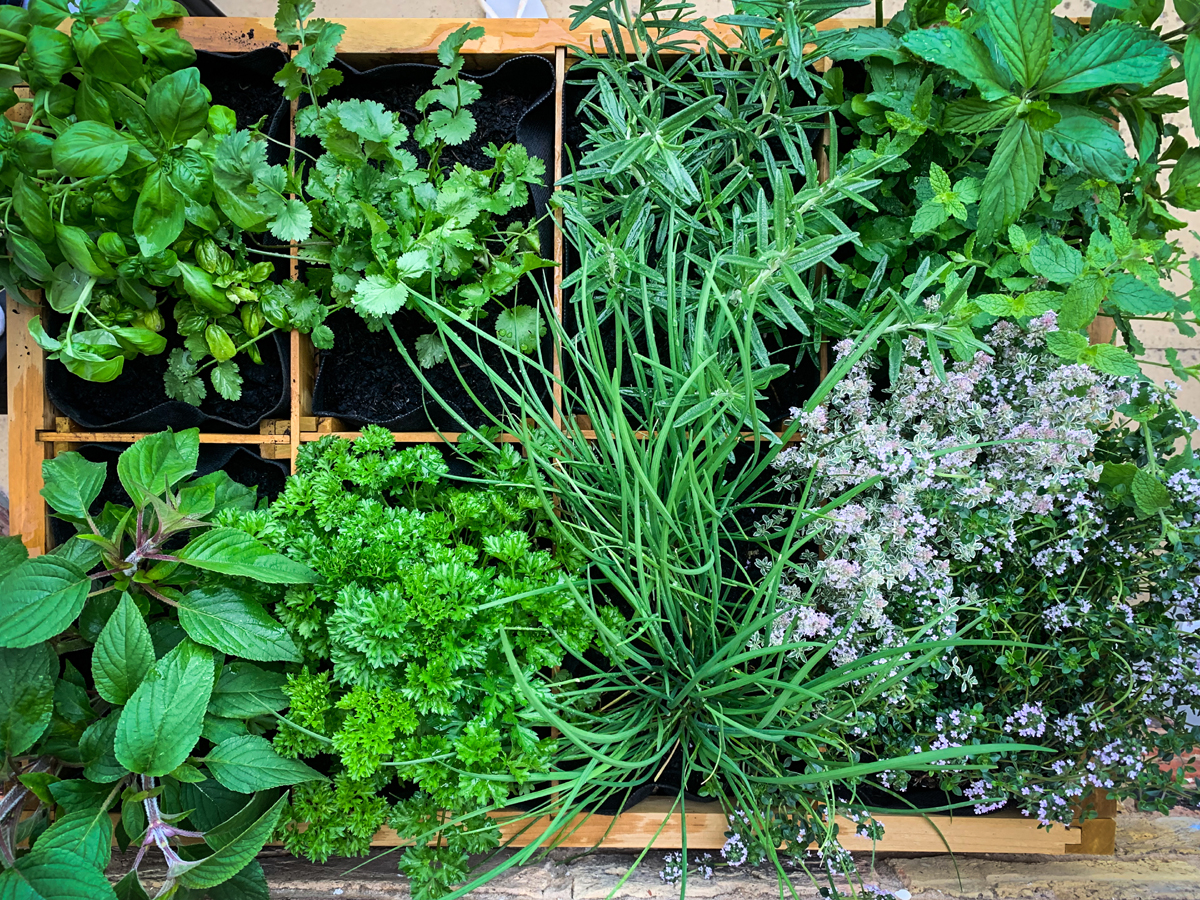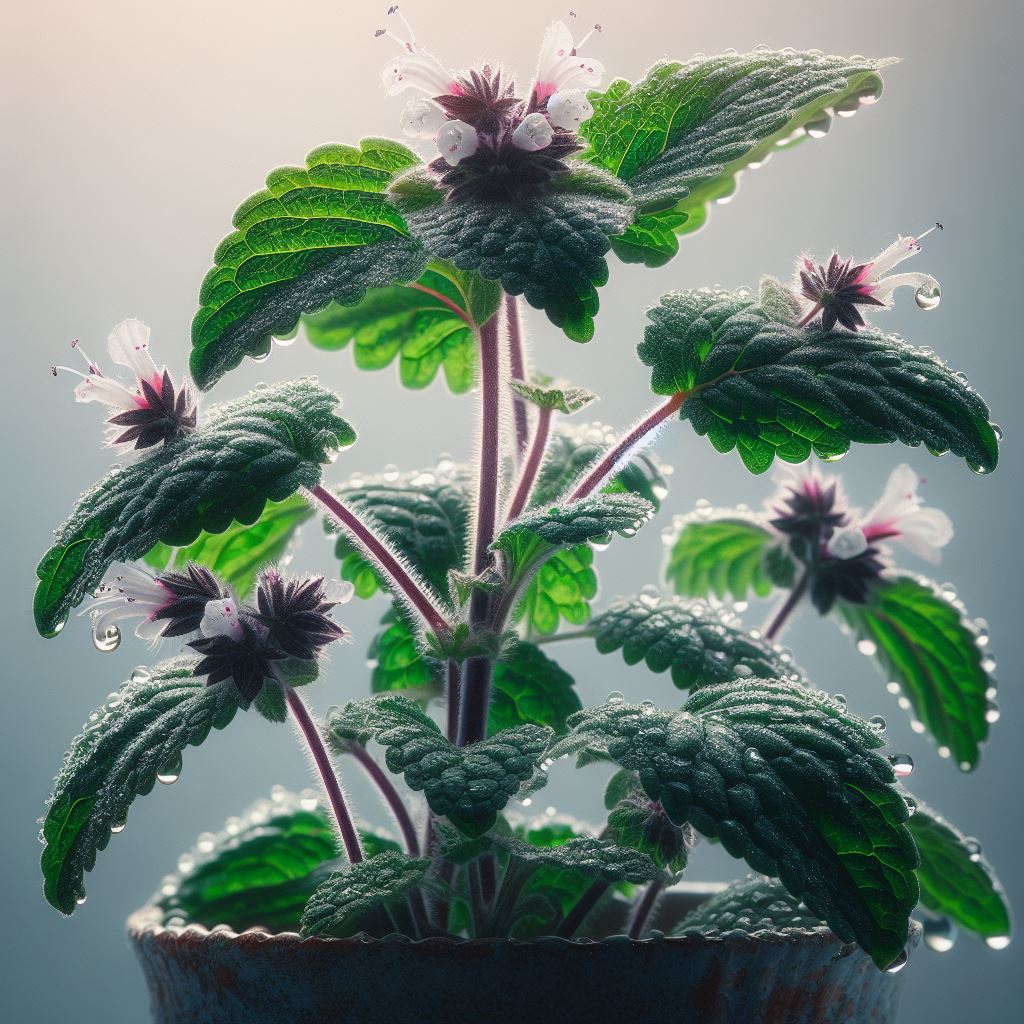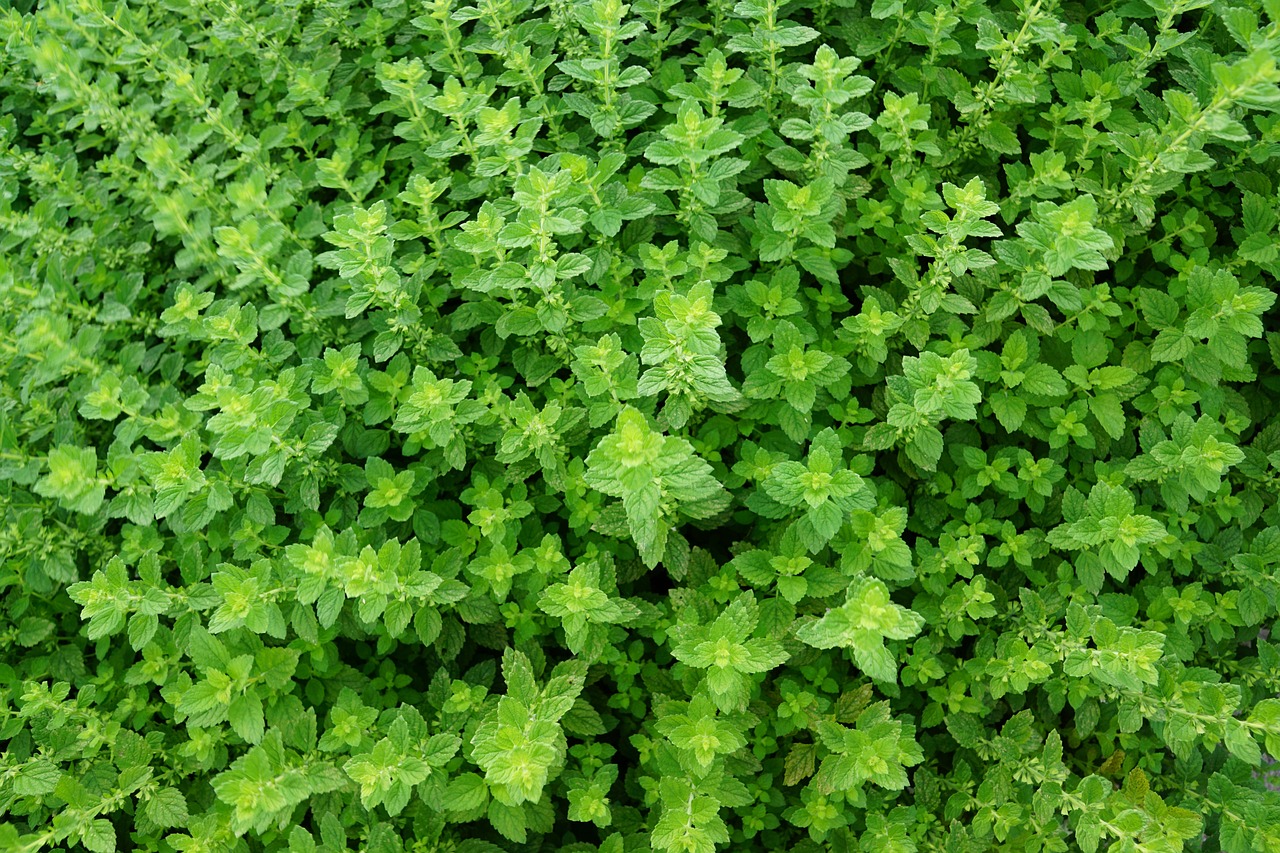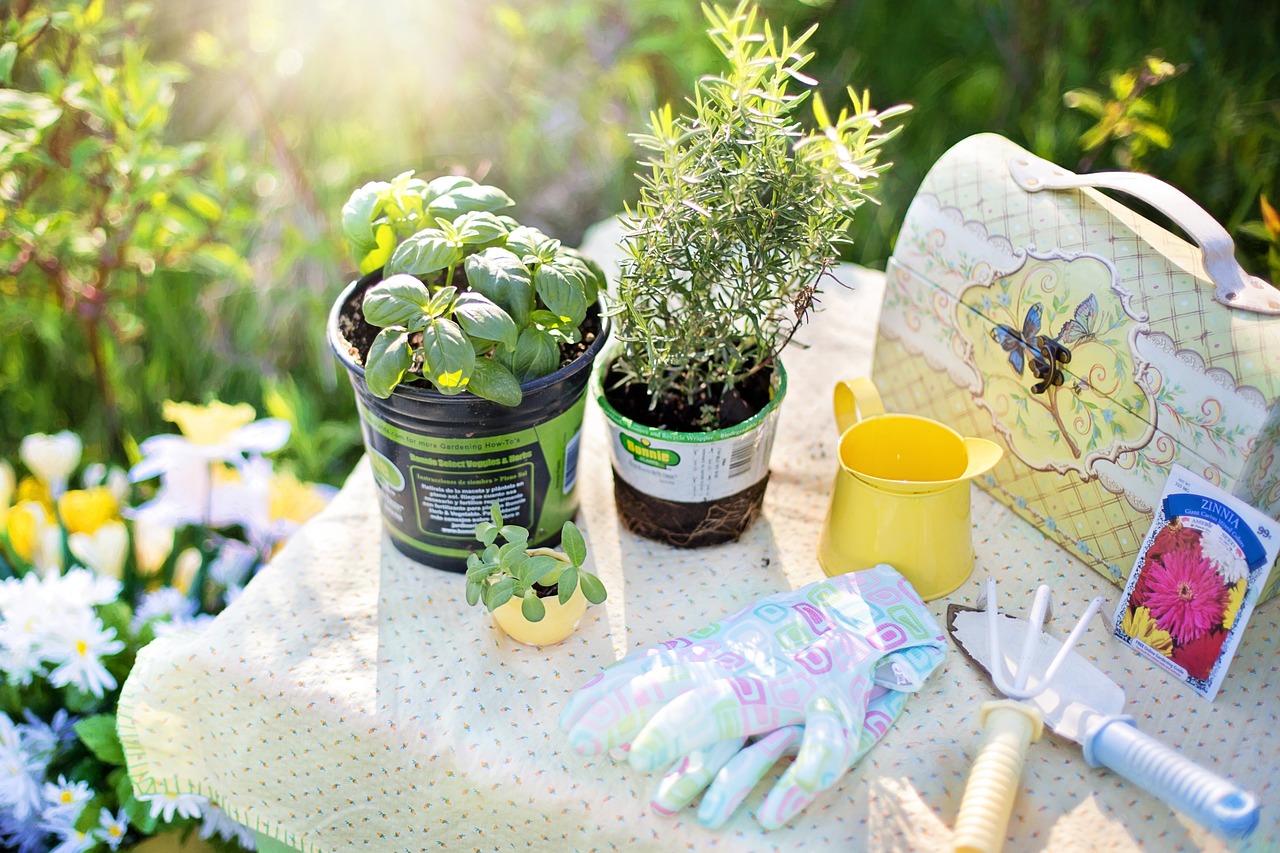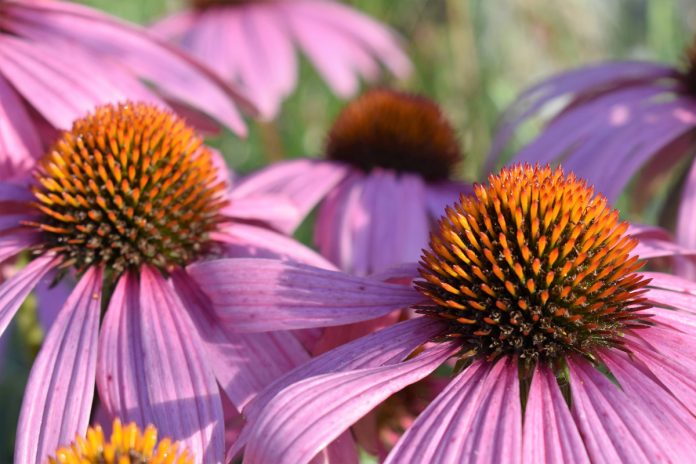Tarragon – The French Dragon
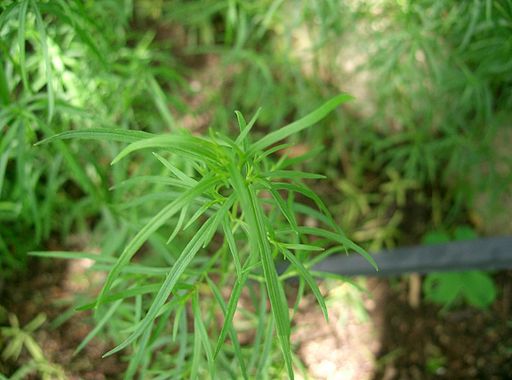
Tarragon – The French Dragon
Artemisia dracanculus (Compositae)
Appearance:
Tarragon propagates runners that can fill the garden and should be watched carefully. It is an attractive plant that has sword-like yellow/green leaves topping a bush capable of reaching about 75cm. An essential inclusion in your line-up of herb garden plants.
Culinary Usage:
Widely used in a variety of dishes, tarragon is best used freshly picked, as the distinctive flavor is captured and enhances companion ingredients while giving a zesty bite when added to almost any dish. A favourite herb for egg dishes, stews and quiches.
French tarragon is widely regarded as the primary culinary herb due to this enhancement of flavor in other ingredients and of course for its own wonderful flavor. Russian tarragon is less flavorful and thus less popular, but still enjoys wide usage.
The famous tarragon vinegar is made simply by immersing tarragon in a wine vinegar for 5 weeks or more with occasional turning and agitation of the container. Container should be carefully cleaned before using it in this way. Use fresh sprigs harvested early in the season.
Cultivation:
French tarragon or estragon may often be referred to as a royal herb, but are herb garden plants that can be problematic to grow. A warm climate produces the most successful growth but a damp climate inhibits flowering. Tarragon does not do well in warm and humid subtropical regions.
Plant in a sunny dry and well drained spot in the garden for best results. Be sure to protect tarragon and your other herb garden plants during a harsh winter by providing some sort of cover over a frame and applying a mulch to protect the roots.
Harvesting:
Trim the top in early fall by apicular pruning to get a better spring harvest and use the sprigs freshly picked off the plant. (Apicular pruning is when you cut the centre stem near the top; this stops upward growth – known as apicular dominance – and causes the growth to be re-channeled into side shoots.)
Freeze tarragon by layering sprigs in a plastic container to preserve most of the flavor if the plant cannot be used fresh.
The Author:
Pete Steel has grown herbs for 25 years in several different climates and soils. He reviews herb growing books and writes about herb garden plants and herb usage.

